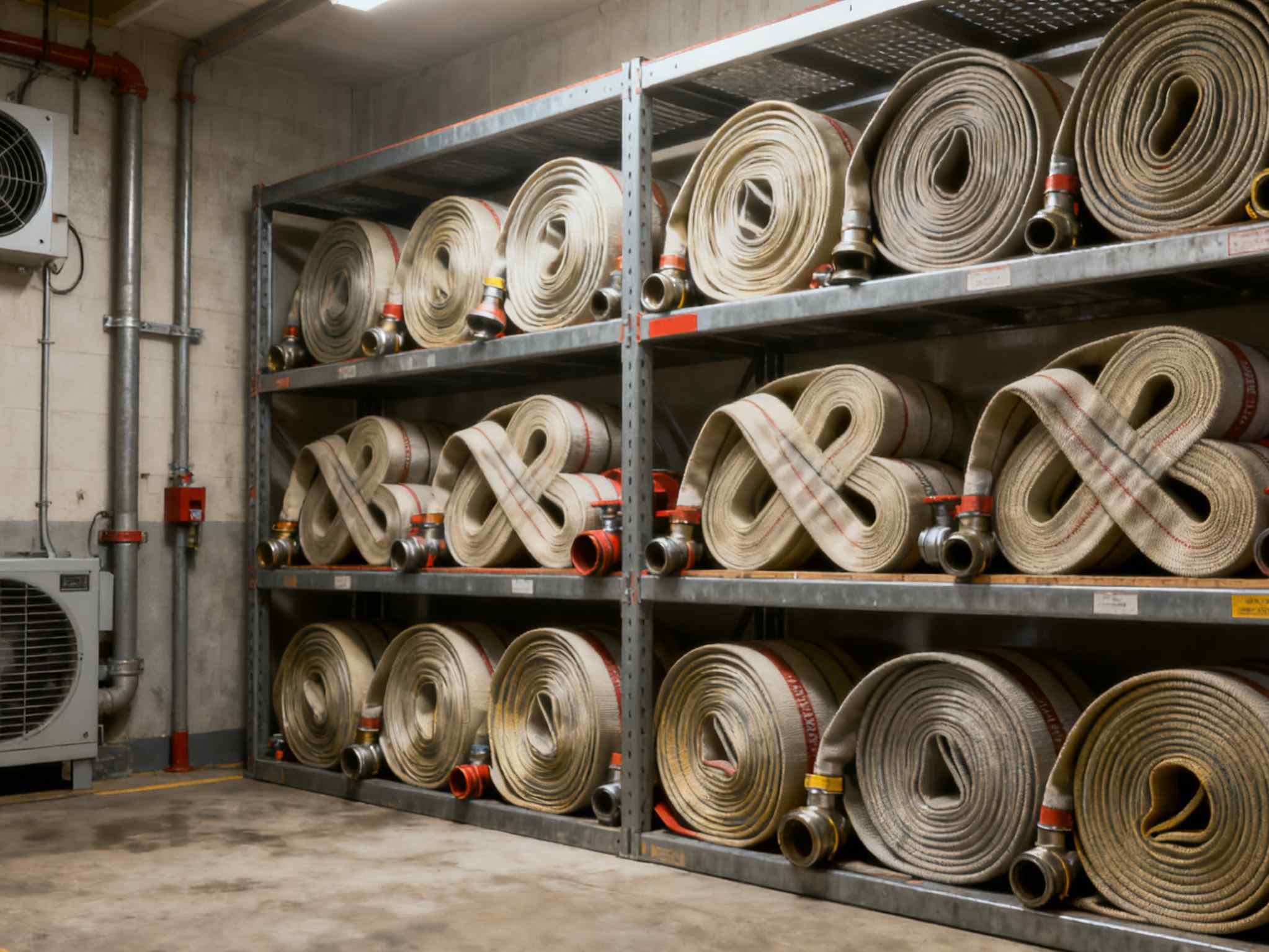The Importance of Fire Suppression Systems in Protecting Lives and Property
Sep 25, 2025
Introduction
Fire hazards can strike without warning, posing grave threats to lives, property, and business operations. Installing fire suppression systems stands out as one of the most potent measures to fend off fire - related catastrophes. These systems are engineered to automatically detect, control, and extinguish fires before they have a chance to spread.
What Are Fire Suppression Systems?
A fire suppression system is a sophisticated safety apparatus. It detects fires and dispenses a suppressing agent, such as water, gas, or foam, to put out the flames. In contrast to traditional firefighting approaches, these systems take immediate action to reduce the extent of damage.
Types of Fire Suppression Systems
Water - Based Systems: Utilize water sprinklers to douse fires. They are well - suited for common fire scenarios involving materials like wood and paper.
Gas Suppression Systems: Release gases such as CO₂ or FM - 200. These gases work by removing oxygen from the fire environment to bring the fire under control, making them ideal for areas with sensitive equipment.
Foam Suppression Systems: Perfect for fires involving flammable liquids and chemical substances. The foam forms a blanket over the fuel source to smother the fire.
Dry Chemical Suppression Systems: Employ powder agents that disrupt the fire triangle (fuel, oxygen, heat), effectively extinguishing fires in various settings.
Why You Need a Fire Suppression System
Rapid Response: They automatically sense and suppress fires before they can spread widely, minimizing the time fire has to grow.
Minimizes Property Damage: By acting swiftly, they prevent expensive repairs and the loss of valuable assets, saving businesses from significant financial setbacks.
Ensures Regulatory Compliance: Meets the safety standards and regulations required for commercial and industrial buildings, helping businesses avoid legal issues.
Safeguards Lives: Offers early intervention, creating a window for safe evacuation and reducing the risk to people in the vicinity.
Conclusion
Investing in a dependable fire suppression system is essential for fire prevention and safety. Whether it's for a commercial building, an industrial plant, or an offshore facility, the right system from Jinyuan Technology Development Co., Ltd. can be the deciding factor between a minor fire incident and a devastating loss.


